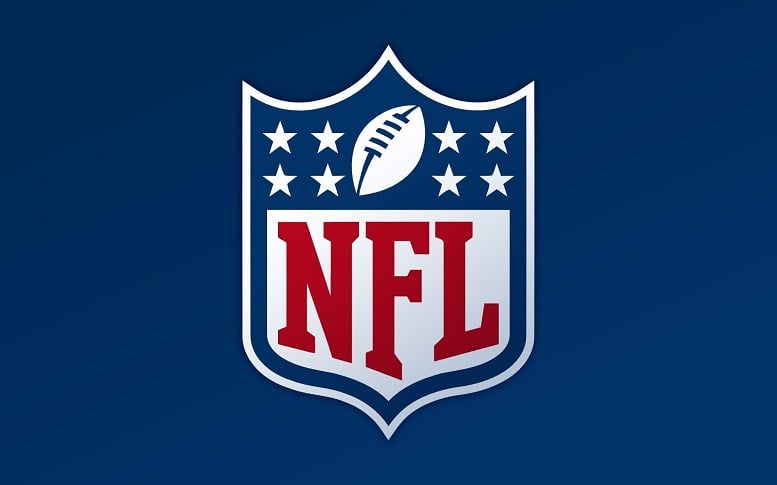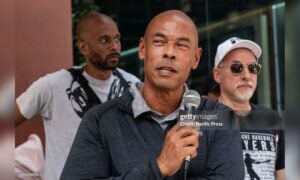I’m guessing that one of your least favorite things when it comes to talking about the NFL is the topic of diversity. Actually, I don’t have to guess, because I’ve read the comments on enough of these articles to know that that is in fact the case. But we will proceed anyway.
Recently, the NFL published its 2020 NFL Diversity and Inclusion Report, following a head coach hiring cycle in which five head coaches were fired, including four white head coaches, and replacing those five were four new white head coaches, in addition to the one minority head coach.
After the latest hiring cycle, there remain just four men of color in the position of head coach in the NFL: Mike Toomlin of the Pittsburgh Steelers; Brian Flores of the Miami Dolphins; Anthony Lynn of the Los Angeles Chargers; and Ron Rivera, who is now with Washington after a long career with the Carolina Panthers.
One of the interesting conclusions that the study reached is how the pipeline to head coaches plays a role in the hiring of minorities to those positions. As should come as no surprise, the majority of new head coaches in recent years have previously served as offensive coordinators.
Eight of the 32 current head coaches were offensive coordinators immediately prior to their being hired as head coach. Another nine were quarterbacks coaches immediately before being hired as head coach, while four were a head coach making a lateral move, and two came directly from college. That accounts for all but six.
29 of the 55 head coach hirings since 2012 have been among coaches with prior head coaching experience. Only 16 had prior defensive coordinator experience, while 10 had no prior coordinating experience, and the majority of those were quarterbacks coaches.
As of the publishing of the piece, only two offensive coordinators currently in the league—Eric Bienemy of the Kansas City Chiefs and Byron Leftwich of the Tampa Bay Buccaneers—are men of color. To explain why, one has to go deeper.
The primary pipeline toward offensive coordinator is through the quarterbacks coach role. But the vast majority of coaches of color on the offensive side of the ball are running backs coaches—just look at the Steelers’ own recent history, from Kirby Wilson to James Saxon to now Eddie Faulkner. Only one is a quarterbacks coach.
So the easiest paths toward the easiest paths toward head coaching positions—quarterbacks coach jobs en route to offensive coordinator jobs—remain areas in which employment of men of color is lacking. Between 2012 and the latest hiring cycle, only nine men of color have held the job of offensive coordinator, versus 97 white men. The balance among defensive coordinators is not nearly as lopsided, but defensive coordinators are also not nearly as likely to receive head coaching opportunities.








